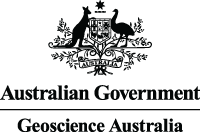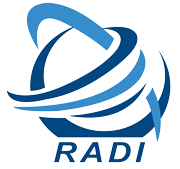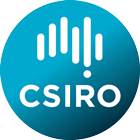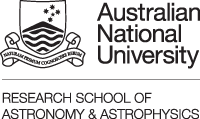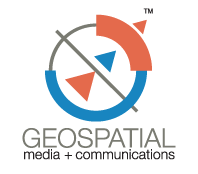FD-3: Introduction to Radar Interferometry and its Applications
Scott Hensley, Paul Rosen
Abstract:
Radar inteferometry has developed over the last two decades to be an established and important remote sensing technique, with applications in a wide variety of disciplines, including topographic mapping and geodetic sciences, geophysics, cryospheric science and natural hazards. In this tutorial, we will to present a broad overview of interferometry, ranging from basic principles of SAR imaging and signal interference, processing methods, phenomenology, topographic and deformation mapping, to advanced techniques such as time series and polarimetric-interferometry. The full day tutorial will be divided into two sessions: The morning session will cover SAR interferometry basics - imaging concepts, phase and coherence, processing methods, and error sources - with emphasis on topographic mapping and deformation measurement, and will include an introduction to available community software for interferometric processing. The afternoon session will address more advanced topics, including correlation analysis, time series and an introduction to polarimetric-interferometry. Examples emphasizing data from and capabilities of existing systems will be used throughout the tutorial to illustrate concepts.
Biography:
Paul Rosen was recently appointed to be Project Scientist for the L-band radar mission element of the Earth Radar Missions Program office at the Jet Propulsion Laboratory. From 2006 - 2012, Dr. Rosen was the Manager of JPL's Radar Science & Engineering Section, comprising over 120 scientists and engineers defining, designing, and building state-of-the-art radar instruments for NASA's Earth and planetary science missions. His assignments at JPL have centered on scientific and engineering research and development in methods and applications of Synthetic Aperture Radar (SAR) and interferometric SAR (InSAR). He was supervisor of the Interferometric SAR and System Analysis Group at JPL from 1995 until November 2002. Dr. Rosen has developed and promoted scientific applications of differential interferometry, including crustal deformation mapping and hazard assessment, and has led several proposals for surface deformation satellite missions. Dr. Rosen was the Shuttle Radar Topography Missions (SRTM) Project Element Manager for Algorithm Development and Verification from 1996 to 2000, and was the SRTM metrology Tiger Team lead in 2001. From 2002 to 2004, he led a NASA-funded collaboration with the Air Force Research Laboratory, developing dual use L-band radar technology. From 2004-2006, Dr. Rosen led interagency radar mission studies. Dr. Rosen has been a visiting faculty member and lecturer at the Division of Geological and Planetary Sciences at the California Institute of Technology since 1998, and he has authored or co-authored over 30 journal articles and two book chapters. Dr. Rosen became a Fellow of the IEEE in 2011. Prior to JPL, Dr. Rosen worked at Kanazawa University, Kanazawa, Japan, studying wave propagation in plasmas, and the dynamics and observations of Saturn's rings. As a post-doctoral scholar and graduate student at Stanford University, he studied the properties of the rings of the outer planets by the techniques of radio occultation using data acquired from the Voyager satellites, discovering new dynamical features in the rings of Saturn and Uranus. He received is PhD in Electrical Engineering from Stanford University, and his MS and BS in EE from the University of Pennsylvania. He has received several awards, including the National Imagery & Mapping Agency Team Award in 2003, and the NASA Exceptional Achievement and Exceptional Service Medals in 2001 and 2002.


 IGARSS13
IGARSS13 @IGARSS2013
@IGARSS2013